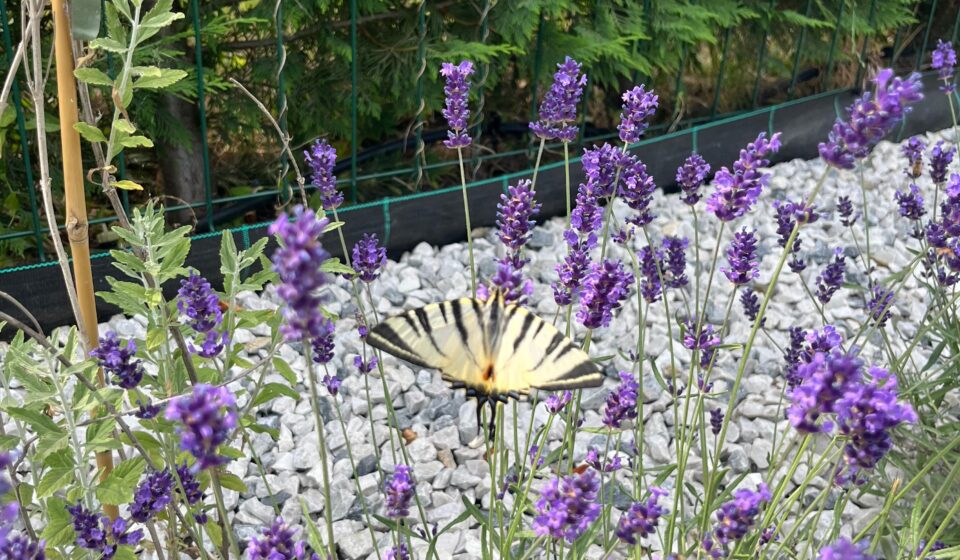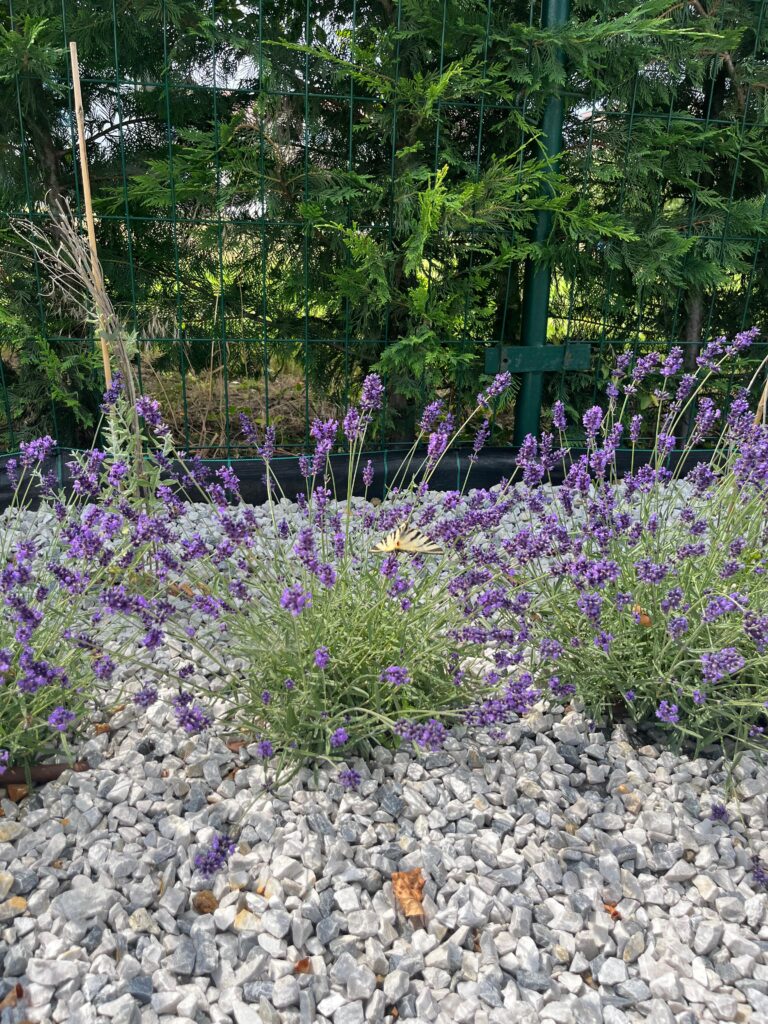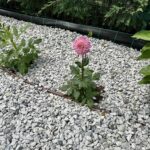
Lavender Love: How to Grow, Prune & Care for Lavender the Right Way (Without Upsetting the Bees!)
If there’s one garden trend buzzing louder than a hive this summer, it’s lavender! Whether you’ve planted a neat little row of it or let it spill into your borders, Lavandula is one of those plants that practically screams “relax and enjoy the garden life.” But here’s the kicker—growing lavender well takes a little finesse, especially when it comes to pruning, watering, and working with nature, not against it.
Table Of Content
- 🐝 Step One: Wait for the Bees to Finish Before You Prune
- ✂️ Pruning Lavender the Right Way (No Woody Stubs, Please)
- 💧 Watering Lavender? Less Is More.
- Here’s your minimalist lavender watering checklist
- 🌞 Lavender Care Quick Guide
- 🌸 Final Thoughts: Lavender Is Low-Maintenance—If You Know Its Secrets
- ✅ Don’t Forget to
So let’s break down the lavender lowdown that everyone’s talking about this week.
🐝 Step One: Wait for the Bees to Finish Before You Prune
Here’s the golden rule that’s trending for a reason:
👉 Never prune lavender while it’s still in full bloom and attracting bees.
Those little pollinators are doing important work—and who wants to cut the buffet short?
💡 Pro Tip:
Wait until the flower heads start to fade and the bees have moved on. That’s usually late summer (around August in most temperate zones), depending on your local bloom cycle.
✂️ Pruning Lavender the Right Way (No Woody Stubs, Please)
This is where many gardeners go wrong: pruning lavender too far down into the old woody stems. Once you hit that old growth, there’s no going back—your lavender won’t bounce back from that.
✅ Instead, follow these quick tips:
- Use sharp, clean shears and prune back just 1/3 of the green growth, never into the woody base.
- Shape the plant into a neat dome—this helps it grow fuller and prevents it from flopping open in the middle.
- Don’t wait too long! Prune before the first frost to avoid damage.
🌿 Bonus: This type of pruning encourages more blooms next year, and keeps the plant compact and healthy.
💧 Watering Lavender? Less Is More.
Lavender is a true Mediterranean native—think rocky soil, hot sun, and not much rain. It actually hates soggy roots.
Here’s your minimalist lavender watering checklist:
- New plants: Water once or twice a week for the first month.
- Established plants: Water every two to three weeks, only if there’s no rain.
- Always water at the base, not on the foliage.
🪴 Want to level up? Plant your lavender in gravelly, well-draining soil and add some sand or perlite to the mix. You’ll keep root rot at bay and make your lavender thrive.
🌞 Lavender Care Quick Guide
| Task | Best Practice |
|---|---|
| 🌱 Planting | Full sun, sandy soil, good drainage |
| ✂️ Pruning | After blooms fade, not into woody stems |
| 💧 Watering | Infrequent but deep watering |
| 🐝 Bee-friendly | Delay pruning until bees finish visiting |
| ❄️ Winter care | Mulch in colder climates, avoid waterlogging |
🌸 Final Thoughts: Lavender Is Low-Maintenance—If You Know Its Secrets
Once you get into the rhythm of when to prune, how much to water, and why you should respect the bees, lavender becomes one of the easiest (and most rewarding) plants in your garden.
And let’s be honest: what’s better than stepping outside and catching that sweet herbal scent on a warm breeze?

✅ Don’t Forget to:
- Tag us on Instagram with your lavender pics! 🌿
- Share this post if you found it helpful 💜




